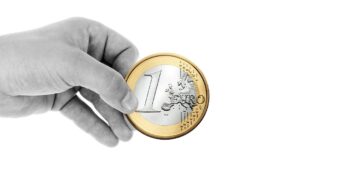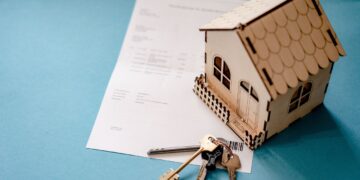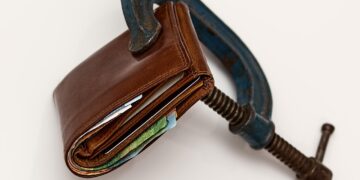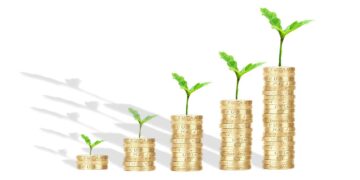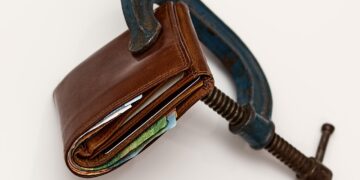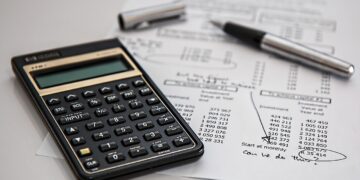Mastering Financial Security: Essential Strategies for Building a Robust Emergency Fund
Building a robust emergency fund is more than a financial task; it’s a cornerstone for achieving financial security. In an era where economic fluctuations are the norm, having a safety net is indispensable. This guide offers comprehensive strategies to help you create a solid emergency fund, addressing your most pressing questions and providing practical tips to ensure your financial stability.
Understanding the Importance of an Emergency Fund
An emergency fund is essentially a financial buffer that can help you manage unexpected expenses without compromising your financial stability. Whether it’s a sudden medical bill, home repair, or job loss, having this fund can be the difference between a temporary setback and a financial disaster.
Research shows that many adults are just one paycheck away from financial hardship, highlighting the critical role that an emergency fund plays. It not only provides peace of mind but also serves as a step towards financial independence.
How Much Should You Save in Your Emergency Fund?
Financial experts recommend saving between three to six months’ worth of living expenses in your emergency fund. However, the exact amount can vary based on your lifestyle, dependents, and income stability. Your fund should be substantial enough to cover all essential expenses such as rent, food, bills, and transportation for the duration.
Assessing Your Financial Needs
To determine how much you need in your emergency fund, start by calculating your monthly expenditures. Keep track of all your spending for a few months or look back over your bank statements. Ensure you include occasional expenses, such as vehicle maintenance or annual subscriptions, to get an accurate figure.
Effective Strategies for Building an Emergency Fund
Building an emergency fund may seem daunting, especially when starting from scratch, but by adopting the right strategies, you can gradually build a financial cushion that will secure your future.
Start Small
If the idea of saving several months’ worth of expenses seems overwhelming, start small. Aim to save a smaller, more manageable amount, such as $500 or $1,000, before gradually increasing your goal. This initial step will not only provide a psychological boost but also form a savings habit.
Automate Your Savings
One of the most effective ways to build your fund is to automate your savings. Set up a direct deposit from your checking account to a savings account specifically designed for emergencies. By making the process automatic, you’re less likely to spend the money on non-essentials.
Cut Unnecessary Expenses
Review your monthly expenses and identify areas where you can cut back. This might mean dining out less frequently, cancelling underused subscriptions, or opting for more cost-effective entertainment options. Redirecting these funds towards your emergency savings can accelerate your progress.
Increase Your Income
If feasible, look for ways to boost your income, such as taking on freelance work, selling unused items, or pursuing a profitable hobby. Extra income can be directed straight into your emergency fund, helping you reach your target faster.
Where to Keep Your Emergency Fund
The ideal location for your emergency fund is somewhere accessible but not too easy to dip into for everyday spending. Consider these options:
High-Yield Savings Accounts
Opt for a high-yield savings account that offers greater returns than a typical savings account. Ensure it has no withdrawal penalties so that you can access your funds whenever an emergency strikes.
Money Market Accounts
Money market accounts generally offer higher interest rates than regular savings accounts and can provide convenient access to funds. Check for minimum balance requirements and account fees to ensure it suits your saving goals.
Common Questions About Building an Emergency Fund
Is It Better to Pay Off Debt or Build an Emergency Fund?
This common dilemma can generally be resolved by balancing both priorities. Aim to maintain minimum debt payments while allocating a smaller budget portion to your emergency savings until you’ve built a modest fund, and then focus more on debt repayment.
How Quickly Should I Build My Emergency Fund?
The speed at which you build your emergency fund will depend on your financial circumstances and stability. Make consistent contributions, even if they’re small. Gradual progression is key to building a fund that can comfortably cover several months of expenses.
Conclusion
Establishing a robust emergency fund is a fundamental step towards securing your financial future. By understanding your financial needs, employing effective saving strategies, and selecting the right storage for your funds, you can protect yourself against unexpected financial challenges. Start today, and build the peace of mind needed to enjoy a secure and prosperous future.
Remember, financial security doesn’t happen overnight. It requires discipline, consistency, and a proactive approach to managing your finances.
With the right strategies in place, you can build an emergency fund that will safeguard your future, offering not just financial security but also invaluable peace of mind.









